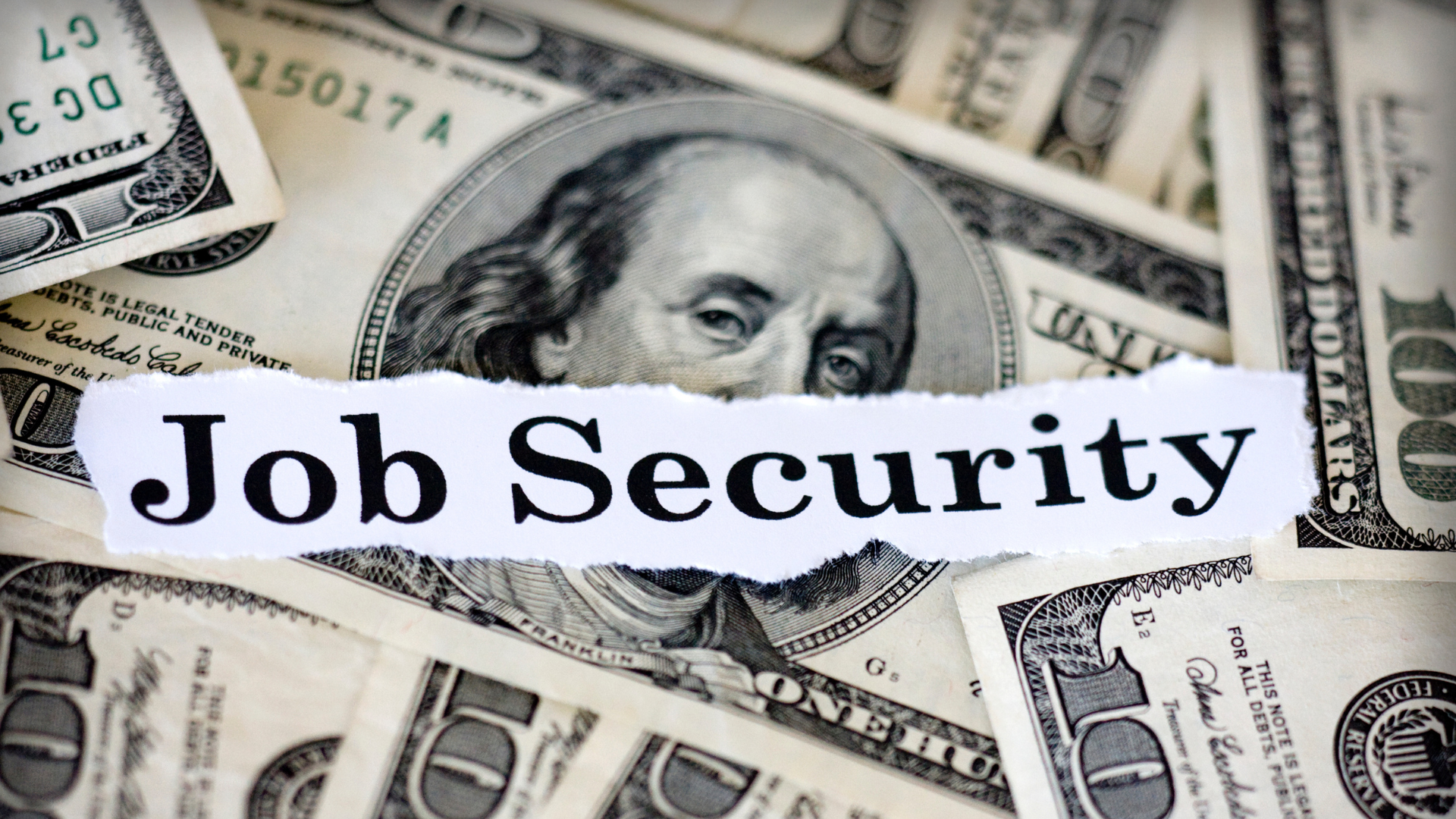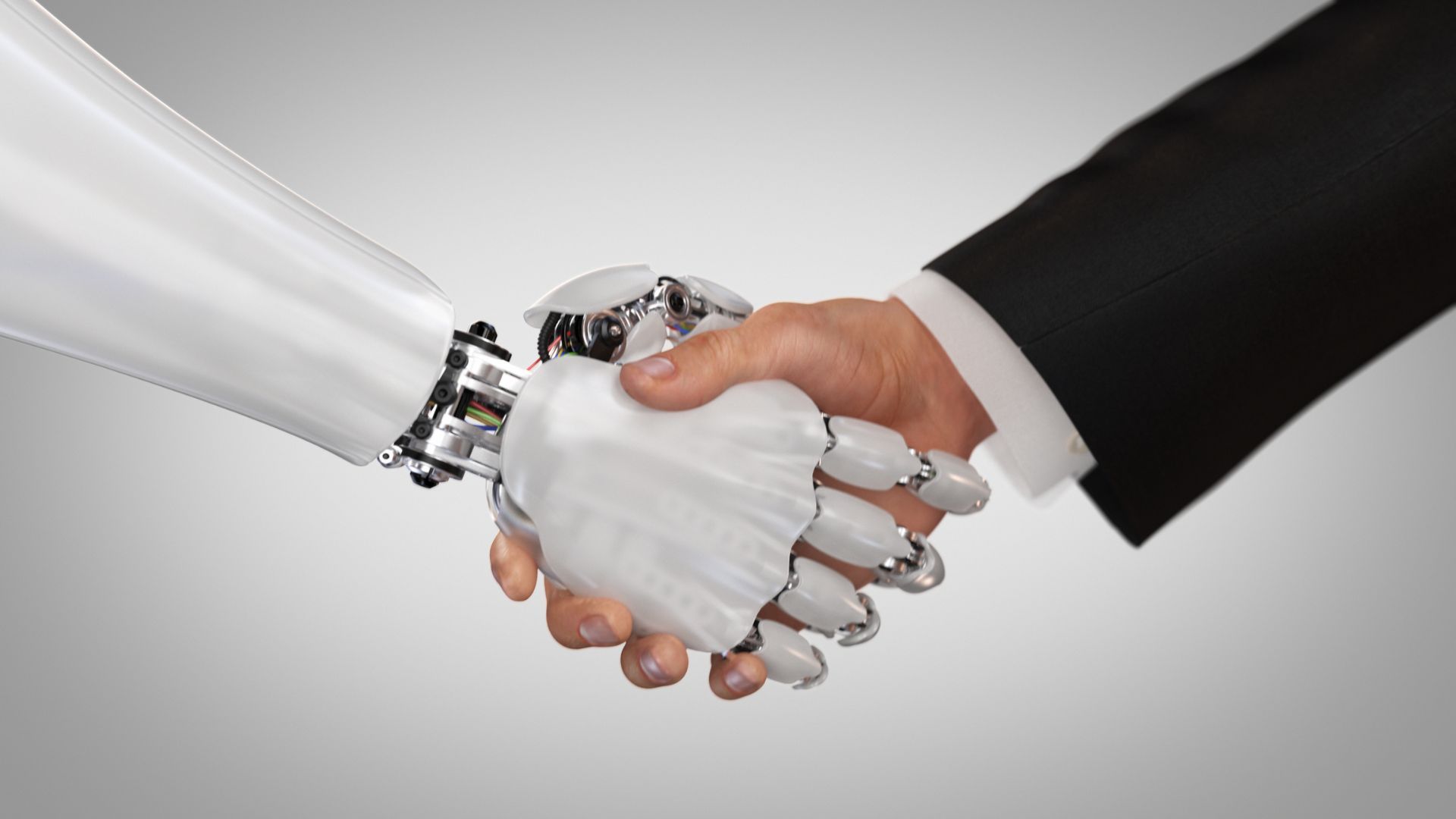Saint Patrick's Day
Colleen Deere • March 14, 2019

No matter where you are in the world this weekend, you will be close by to the festivities of St. Patrick’s Day and not too far from a sea of green as 17th March approaches. As a proud Irish girl, I have been fortunate enough to celebrate our Irish culture in New York (as an Irish dancer along Fifth Avenue in 2005) but also here in Australia for the last number of years – the land of opportunity!
I started off as a backpacker myself and I set off on a Working Holiday Visa almost 4 years ‘ago now, with the plan of possibly returning back home after a year.
Here I am now very settled in Sydney with a career and luckily for you, I have some travelling and job searching tips!
- If you are thinking of moving over to Australia or New Zealand but you haven’t managed to actually put a plan in place or you are just a little scared about it, remember this: If you can’t stop thinking about it – you must really want it! Book that flight, come see it for yourself – if it’s not for you, just jump on a plane & return home. At least you will return with memories and photographs that will last a lifetime, not regret and “what ifs’’ that will haunt you!
- If you happen to fall in love with Australia of course, you will need to complete your regional work over the course of 88 days to secure your second visa. (By this stage telling your family & friends actually you won’t be back home just yet!) My advice here; leave yourself plenty of time. Get it out of the way in the first half of your 12 months before you get too settled in a share house, with a steady income and get too comfortable. I have seen it happen quite a lot and trust me people start to panic. You are not guaranteed to start working on a farm or picking fruit as soon as you plan it. The weather in Australia (believe it or not) has a huge impact on the crops and if there is a draught or severe rain falling, then you need to expect some delays. Refer to my other blog for a better insight into my experience in 2016.
- The job market – I have experienced this in both Perth and in Sydney. The best tip I can give to you as a Working Holiday maker, focus your job applications on temporary/contract work only. You are only eligible to work for the same employer for 6 months – you will continue to get “knocked back’” when applying for permanent roles (you must have PR or Citizenship for these permanent roles the majority of the time) I understand people want to get sponsorship etc. but this ultimately comes down to your trade/profession and what avenues you can explore. As a job seeker myself and also now as an experienced recruiter, this is how the market works. Spend your time wisely and submit your CV’s to those short-term assignments that are exactly what you are looking for. You want to have flexibility to earn cash, gain experience get some great organisations listed on your CV and expand on your skillset! Temporary/contract work is the way forward across Australia and NZ whilst you are on a temporary visa.
You will make friends from all across the globe when travelling and you will meet all walks of life – whether you are down at The Rocks this St. Patrick’s Day in Sydney or Danny Doolan’s in Auckland, you can be sure to hear some traditional Gaelic music , have a try at some Irish dancing techniques and sip on some Guinness to join in on ‘ the craic’. As we say in Ireland - Sláinte – (which means To Good Health) not only this weekend but all year round!
If you are looking to explore our current opportunities, please don’t hesitate in contacting me on 02 8270 9794. For immediate consideration, please forward your resume to colleen.deere@people2people.com.au
Find the job you love I Find the right talent
Get in touch with people2people
Australia
I
United Kingdom
In business since 2002 in Australia, NZ, and the United Kingdom, people2people is an award-winning recruitment agency with people at our heart. With over 12 offices, we specialise in accounting and finance, business support, education, executive, government, HR, legal, marketing and digital, property, sales, supply chain, and technology sectors. As the proud recipients of the 2024 Outstanding Large Agency and Excellence in Candidate Care Awards, we are dedicated to helping businesses achieve success through a people-first approach.






